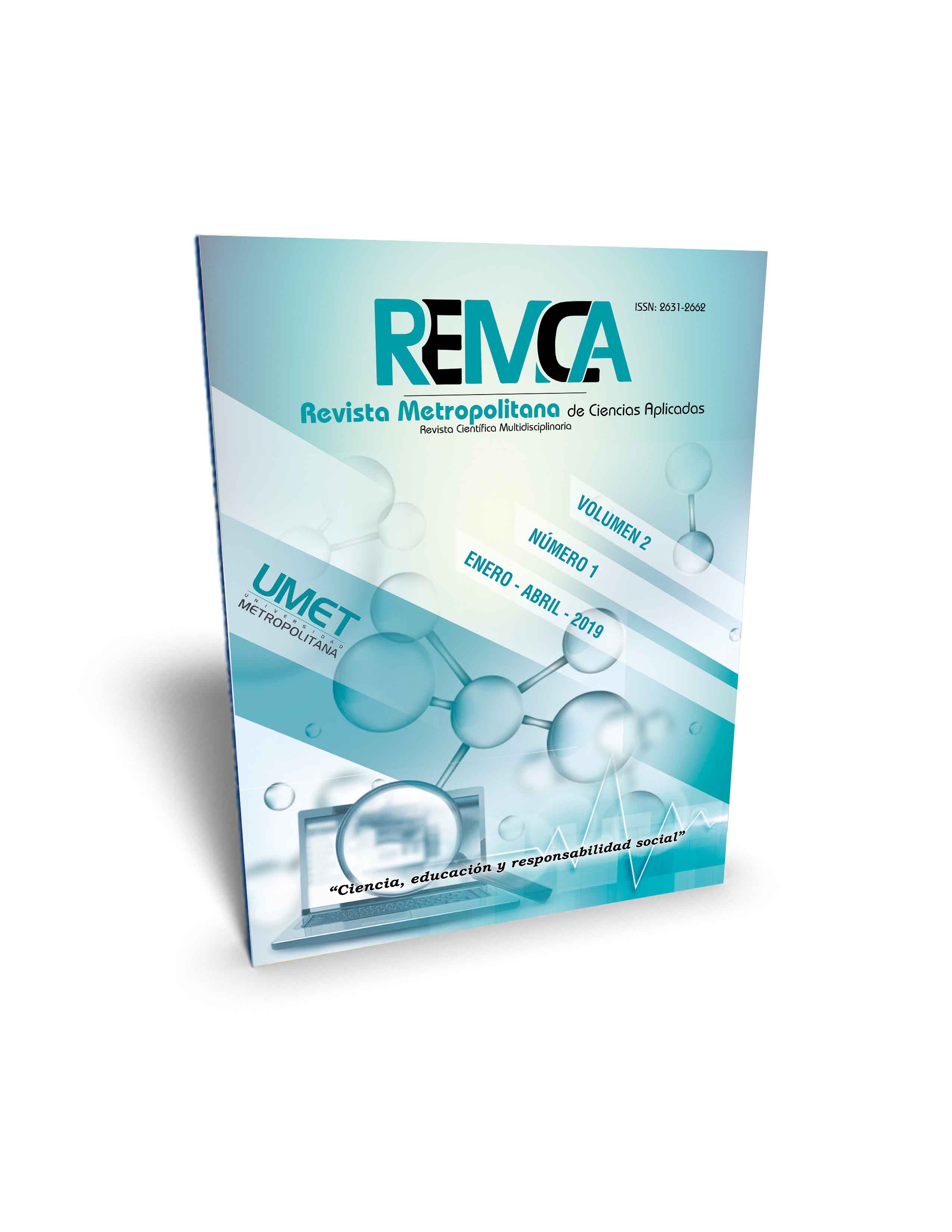Some preliminars on the socioeconomic factors that determine the acceptance of higher distance education
DOI:
https://doi.org/10.62452/9exkq157Keywords:
Distance education, higher education, baccalaureate graduatesAbstract
The article analyzes the development and acceptance of distance education to face the challenges of coverage, construction, financing and quality of educational services, from the point of view of those who demand higher education, which is the baccalaureate graduate. To achieve this purpose, a data collection and survey instrument was applied to baccalaureate students, close to graduating from high school, from whom the necessary information was obtained to know their profile and the relationship that is presented with this modality. Once the information was processed and analyzed, the socio-economic factors that influence the acceptance of distance education, for the continuity of higher education, of high school graduates from the municipality of Tenango de Doria were determined.
Downloads
References
Amador, B. R. (2011). Redes complejas de educación superior a distancia en México hacia el año 2020. Perfiles educativos, 33. Recuperado de http://www.scielo.org.mx/scielo.php?pid=S0185-26982011000500005&script=sci_arttext
Búzanes, V. P. (2008). Tendencias actuales de la educación a distancia. Recuperado de http://online.upaep.mx/Aplicaciones/Noticias/noticias.php?id=1209594760
Drucker Colín, R. (2008). Dirección General de Divulgación de la Ciencia. México: UNAM.
Garcia Aretio, L. (2001). La educación a distancia. De la teoría a la práctica. Madrid: Ariel.
México. Asociación Nacional de Universidades e Instituciones de Educación Superior (1999). La educación superior en el sisglo XXI. Lineas estrategicas de desarrollo. México: ANUIES.
México. Instituto Nacional de Estadística Geografía. (2011). Informe 2011. Actividades y resultados. Recuperado de https://www.inegi.org.mx/contenidos/transparencia/contenidos/doc/15_inf11.pdf
México. Instituto Nacional de Estadística Geografía. (2000). Censo Nacional de Población. Aguascalientes.México: INEGI.
México. Secretaría de Educación Pública. (2011). Educacion a distancia: opcion viable y de calidad. México: SEP.
Meléndez, D. L. (2009). El perfil de los aspirantes a la educación superior y el desarrollo de los programas educativos en la modalidad virtual. Pachuca: Universidad Autónoma del Estado de Hidalgo.
Ornelas, C. (1999). El Sistema Educativo Mexicano. México: Fondo de Cultura Economica.
Piqueras, H. G. (1997). Modelo telematico asincronico para la educación a distancia de posgrados en las ciencias medicas. (Tesis de Maestría).La Habana: CENAPEM.
Poy, S. L. (2011). Planea la SEP crear más institutos estatales de universidad abierta. Recuperado de http://www.jornada.unam.mx/2011/09/25/sociedad/037n1soc
Vargas Leyva, M. R. (2005). Presentación del análisis temático: educar en el conocimiento. Revista de la educación Superior. ANUIES, 34 (4), 35- 48. Recuperado de https://www.redalyc.org/articulo.oa?id=60413603
Vargas, J. G. (2008). La educación del futuro, el futuro de la educación en México. Revista Electrónica Actualidades Investigativas en Educación, 8(1), 1-33. Recuperado de http://www.redalyc.org/articulo.oa?id=44780114
Vázquez Bernal, E., & Chávez Ortiz, G. (2012). Hacia la extensión universitaria. E-Learning en México. Derecho.com, 8. Recuperado de www.derecom.com/blog/item/177-hacia-la-extension-universitaria-e-learning-en-mexico
Downloads
Published
Issue
Section
License
Copyright (c) 2019 Salvador Ávila Vargas, Maritza Librada Cáceres Mesa (Autor/a)

This work is licensed under a Creative Commons Attribution-NonCommercial-ShareAlike 4.0 International License.
Authors who publish in Revista Metropolitana de Ciencias Aplicadas (REMCA), agree to the following terms:
1. Copyright
Authors retain unrestricted copyright to their work. Authors grant the journal the right of first publication. To this end, they assign the journal non-exclusive exploitation rights (reproduction, distribution, public communication, and transformation). Authors may enter into additional agreements for the non-exclusive distribution of the version of the work published in the journal, provided that acknowledgment of its initial publication in this journal is given.
© The authors.
2. License
The articles are published in the journal under the Creative Commons Attribution-NonCommercial-ShareAlike 4.0 International License (CC BY-NC-SA 4.0). The terms can be found at: https://creativecommons.org/licenses/by-nc-sa/4.0/deed.en
This license allows:
- Sharing: Copying and redistributing the material in any medium or format.
- Adapting: Remixing, transforming, and building upon the material.
Under the following terms:
- Attribution: You must give appropriate credit, provide a link to the license, and indicate if any changes were made. You may do this in any reasonable manner, but not in any way that suggests the licensor endorses or sponsors your use.
- NonCommercial: You may not use the material for commercial purposes.
- ShareAlike: If you remix, transform, or build upon the material, you must distribute your creation under the same license as the original work.
There are no additional restrictions. You may not apply legal terms or technological measures that legally restrict others from doing anything the license permits.




